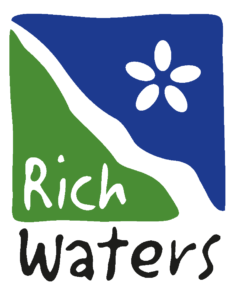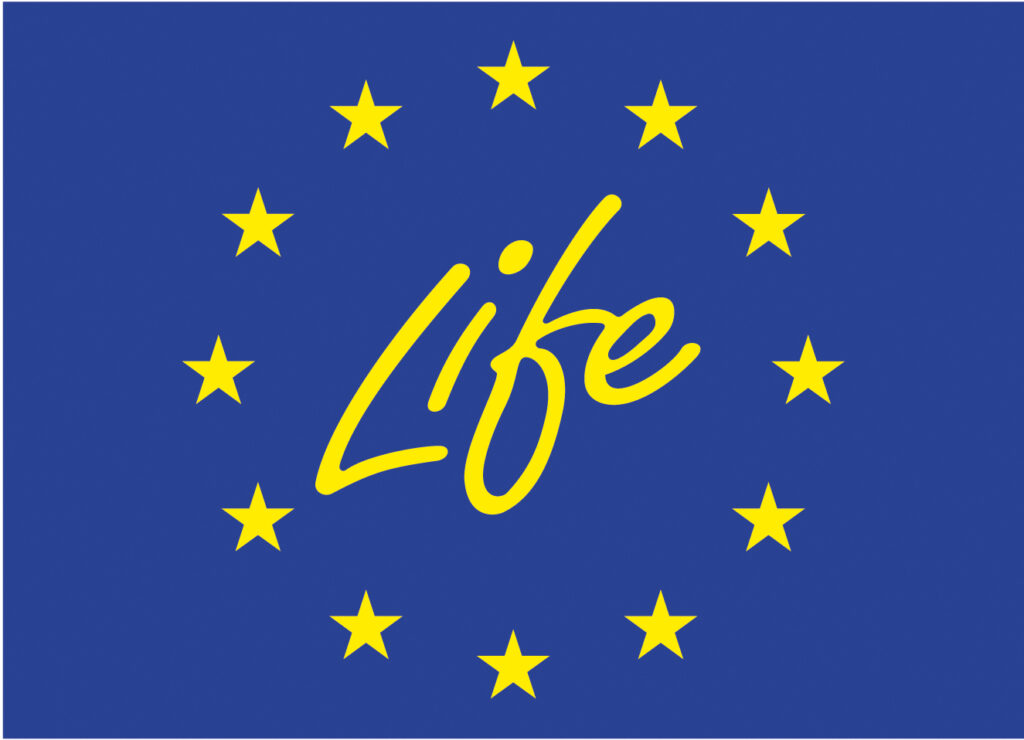Deliverable No. 81. 31/05/2018 (Action C15)
Full report (in Swedish)
Summary
This interview study is conducted as a part of the EU project LIFE IP Rich Waters. The purpose of the project is to increase the pace of rectification work in our watercourses, lakes, groundwater and coastal waters so that they achieve a good status according to the EU Water Framework Directive. The project focuses on four thematic areas: water planning, overfertilisation, pollution and connectivity.
There are three subprojects under the theme of connectivity. Two relate to physical rectification work in the water environment and one is more administrative in nature for the purpose of developing collective and well-functioning working methods for measures to rectify migration obstacles within the Northern Baltic Sea water district. An important part of the work is to determine which issues are most important to focus on in order to eliminate as many migration obstacles as possible in the best possible manner, including from an operator and dam owner’s perspective. In order to gain as broad a picture of this as possible, an interview study has been conducted for the purpose of illuminating all aspects specifically relating to the rectification of migration obstacles.
Many of the water environments that are the subject of rectification work have a long history of human impact. Some of these are valuable cultivation environments that attest to our societal development and have contributed to the affluence we enjoy today. On the other side of the scale is the impact on the habitats in our water caused by migration obstacles. Species that must swim upstream or downstream in order to play are prevented from doing so if there are dams, hydroelectric power plants or road drains. According to the interviewees, the collaboration between the water resource management and cultural environment must be improved. Currently, there are frequently conflicting objectives that demand time and energy from public authority’s the work with water resource management and cultural environments.


